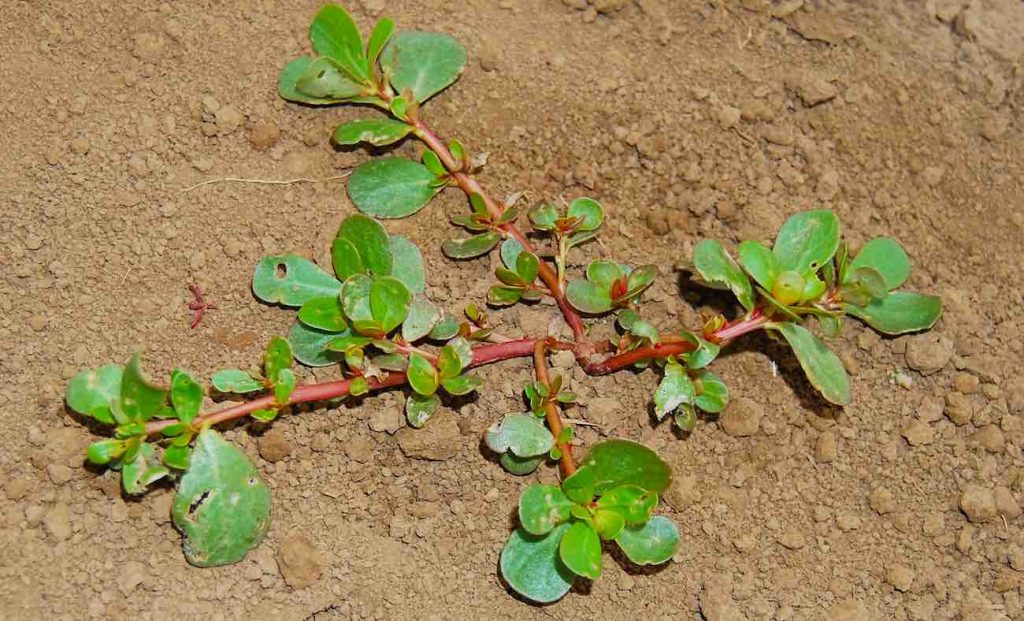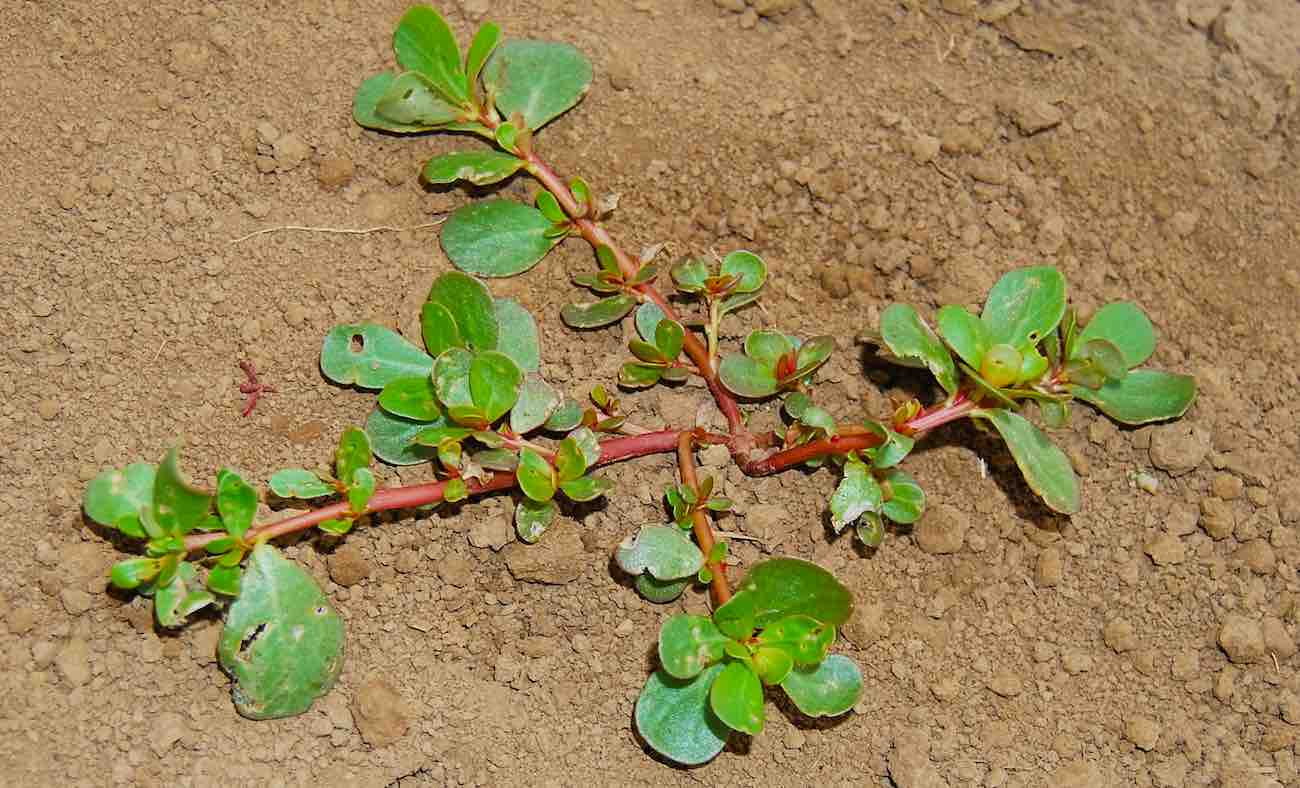
A drought-proof weed may hold the key to feeding the world, according to new research.
The common plant known as purslane, harbors important clues about how to create valuable drought-resistant crops.
Yale scientists describe how Portulaca oleracea integrates two distinct metabolic pathways to create a novel type of photosynthesis that enables the weed to endure drought while remaining highly productive.
“This is a very rare combination of traits and has created a kind of ‘super plant’ — one that could be potentially useful in endeavors such as crop engineering,” said Erika Edwards, Yale professor of ecology and evolutionary biology and senior author of the paper published today in the journal Science Advances.
Plants have independently evolved a variety of distinct mechanisms to improve photosynthesis. For instance, corn and sugarcane evolved what is called C4 photosynthesis, which allows the plant to remain productive under high temperatures.
Succulents such as cacti and agaves possess another type called CAM photosynthesis, which helps them survive in deserts and other areas with little water. Both C4 and CAM serve different functions but recruit the same biochemical pathway to act as “add-ons” to regular photosynthesis.
LOOK: Iraqi Drought Reveals Stunning 3,400-Year-Old City Covered By Tigris River
What makes the purslane plant unique is that it possesses both of these evolutionary adaptations — which allows it to be both highly productive and also very drought tolerant, an unlikely combination for a plant. Most scientists believed that C4 and CAM operated independently within leaves of purslane.
But the Yale team, led by co-corresponding authors and postdoctoral scholars Jose Moreno-Villena and Haoran Zhou, conducted a spatial analysis of gene expression within the leaves of purslane and found that C4 and CAM activity are totally integrated. They operate in the same cells, with products of CAM reactions being processed by the C4 pathway. This system provides unusual levels of protection for a C4 plant in times of drought.
(The plant is also one of the most nutritious greens you can eat, according to the National Institute of Health, which reported on its Omega 3 content. It is available in farmer’s markets, and Hispanic stores in the US by the name of Verdolaga. It’s also a delicacy in certain Middle Eastern cuisines. In Afghanistan, the leaves of the plant are cooked together with mung beans for a heart-healthy and delicious dish.)
The researchers also built metabolic flux models that predicted the emergence of an integrated C4+CAM system that mirrors their experimental results.
Understanding this novel metabolic pathway could help scientists devise new ways to engineer crops such as corn to help withstand prolonged drought, the authors say.
POPULAR: Architecture Built 1,000 Years Ago to Catch Rain is Being Revived to Save India’s Parched Villages
“In terms of engineering a CAM cycle into a C4 crop, such as maize, there is still a lot of work to do before that could become a reality,” said Edwards. “But what we’ve shown is that the two pathways can be efficiently integrated and share products. C4 and CAM are more compatible than we had thought, which leads us to suspect that there are many more C4+CAM species out there, waiting to be discovered.”
MAKE This Good News Spread Like a Weed By Sharing on Social Media…





















Good job!! More thinking outside the box! Finding things that can work together that are already here & available, we just have to find the things that work together best.